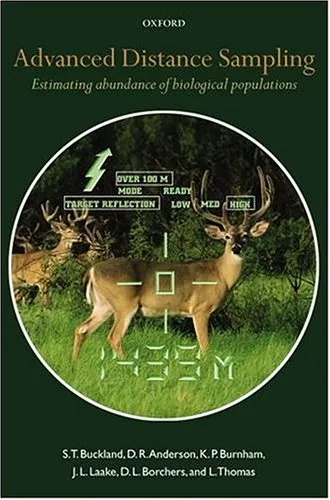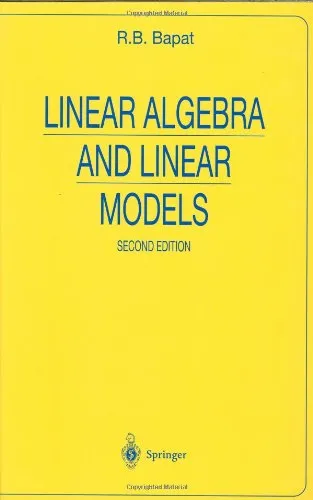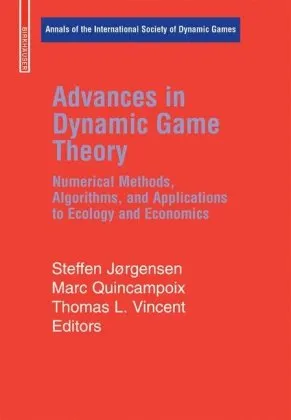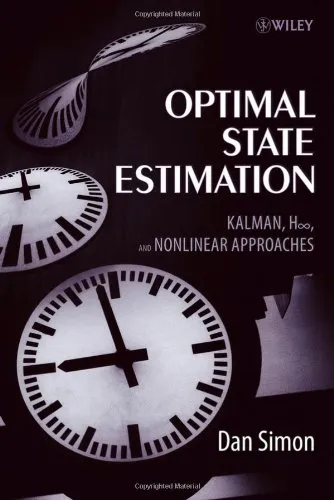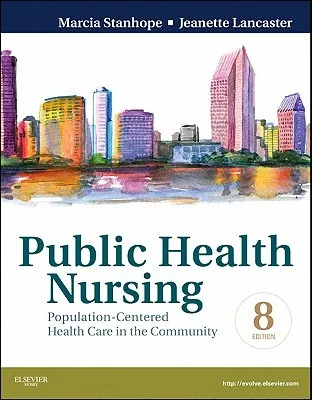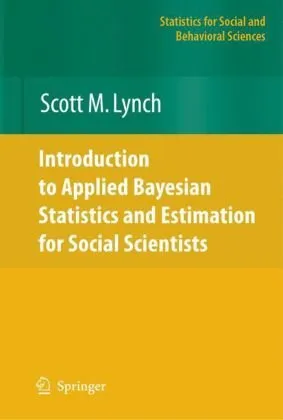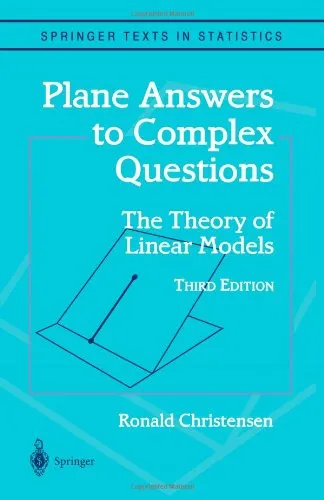Advanced Distance Sampling: Estimating Abundance of Biological Populations
4.5
Reviews from our users

You Can Ask your questions from this book's AI after Login
Each download or ask from book AI costs 2 points. To earn more free points, please visit the Points Guide Page and complete some valuable actions.Related Refrences:
Introduction to "Advanced Distance Sampling: Estimating Abundance of Biological Populations"
"Advanced Distance Sampling: Estimating Abundance of Biological Populations" is a pivotal book written by a team of renowned researchers: S.T. Buckland, D.R. Anderson, K.P. Burnham, J.L. Laake, D.L. Borchers, and L. Thomas. This book serves as a comprehensive guide for ecologists, wildlife researchers, and statisticians aiming to assess the abundance of biological populations accurately and efficiently. Building on the foundational concepts established in their earlier publications, the authors delve deeper into advanced methods, theories, and applications of distance sampling—a widely employed statistical tool used to inform environmental management and conservation efforts.
With the challenges posed by biodiversity loss, habitat degradation, and climate change, precise population density estimates have never been more critical. This book addresses these challenges by presenting detailed methodologies for designing surveys, analyzing data, and overcoming potential biases in real-world settings. It incorporates modern computational advancements, and its approachable yet detailed style ensures that both novices and seasoned professionals alike can benefit from its insights.
Detailed Summary of the Book
The book begins with an overview of distance sampling principles, highlighting the framework’s importance and its applications in conservation biology, ecological research, and wildlife management. It then progresses to more advanced topics, covering various survey designs, statistical modeling techniques, and practical challenges that researchers face during field implementation.
The authors dedicate significant attention to the importance of detecting probabilities and how they influence population estimates. The use of line transects and point transects is explored extensively, providing readers with the tools needed to determine which approach best suits their particular study. Furthermore, the text incorporates real-world examples and case studies from diverse ecological systems to offer readers practical insights and demonstrate the application of theory to practice.
Advanced statistical models like Mark-Recapture Distance Sampling (MRDS) and Hierarchical Distance Sampling (HDS) are featured, reflecting current trends in population modeling. The book also emphasizes computational solutions, particularly the use of R and specialized software like Distance, making it highly relevant to the data-intensive workflows of today’s researchers.
Each chapter provides a logical progression, complete with exercises, references for further reading, and critical discussion points that encourage readers to engage with the material deeply. This combination of practical application and theoretical rigor sets this book apart as a crucial resource in quantitative ecology.
Key Takeaways
- Comprehensive guidance on designing and analyzing distance sampling surveys.
- Detailed exploration into advanced topics such as model selection, variance estimation, and bias minimization.
- Integration of modern computational tools like R and specialized software for practical implementation.
- Practical case studies highlighting how distance sampling has been applied to real-world ecological problems.
- Insight into developing accurate population estimates as a cornerstone of conservation biology and ecological monitoring.
- Focus on the importance of probability and detection functions to ensure unbiased results.
Famous Quotes from the Book
"Effective conservation efforts must be underpinned by robust data, and distance sampling provides the foundation for reliable population estimates."
"Precision in ecological surveys is not merely a mathematical exercise; it is a critical necessity in safeguarding the natural world."
"By improving population estimation techniques today, we equip ourselves to make informed decisions for tomorrow."
Why This Book Matters
"Advanced Distance Sampling: Estimating Abundance of Biological Populations" matters because it addresses a central concern of modern ecology: how to accurately and efficiently estimate the abundance of animal populations. Given the ongoing biodiversity crisis and the urgent need for evidence-based conservation strategies, tools like distance sampling have become indispensable. This book equips researchers and practitioners with the advanced techniques they need to meet these challenges, bridging the gap between methodology and application.
Furthermore, it acknowledges the dynamic nature of ecological research by incorporating new technologies, computational techniques, and contemporary challenges into traditional statistical frameworks. Any professional involved in ecological monitoring, conservation biology, or environmental management will find this book to be an essential resource that empowers them to contribute meaningfully to the preservation of the natural world.
Free Direct Download
You Can Download this book after Login
Accessing books through legal platforms and public libraries not only supports the rights of authors and publishers but also contributes to the sustainability of reading culture. Before downloading, please take a moment to consider these options.
Find this book on other platforms:
WorldCat helps you find books in libraries worldwide.
See ratings, reviews, and discussions on Goodreads.
Find and buy rare or used books on AbeBooks.
